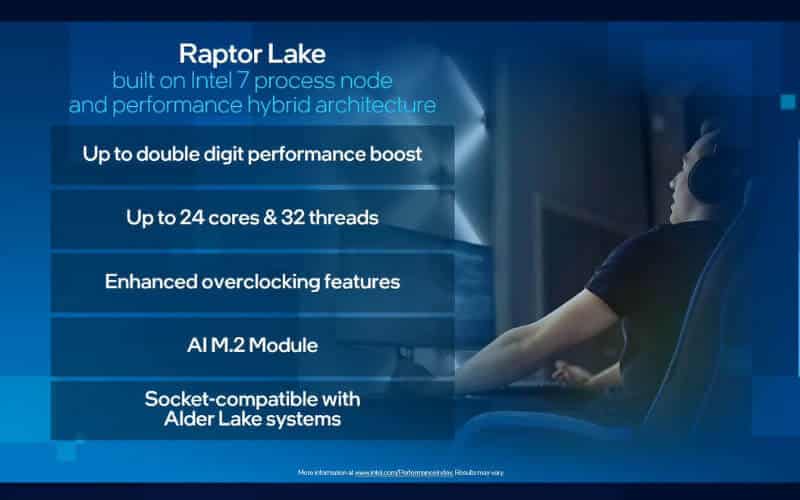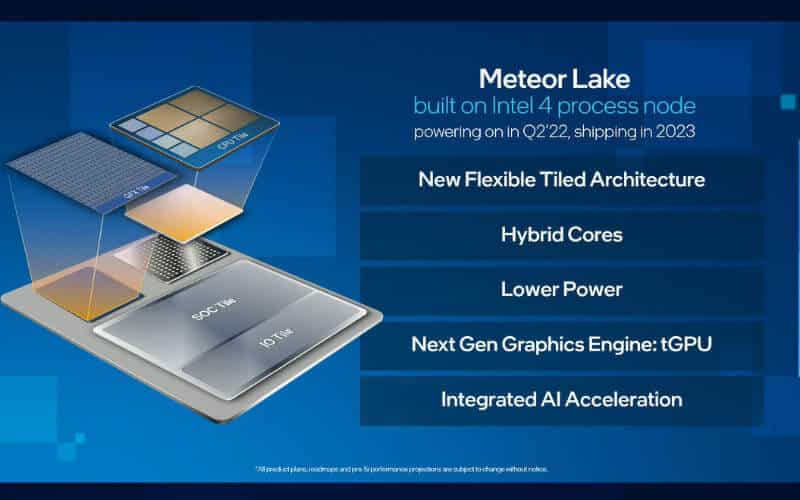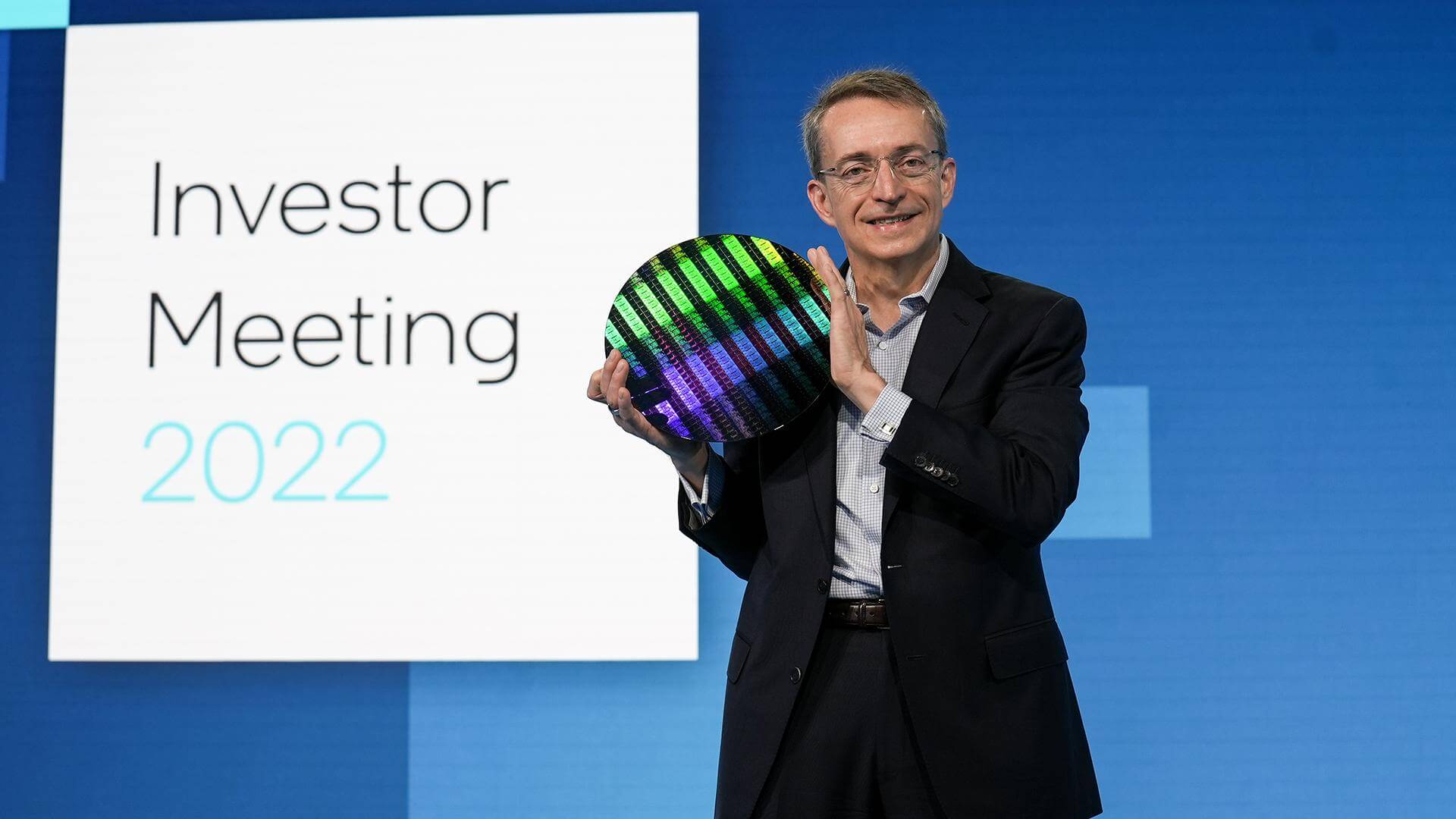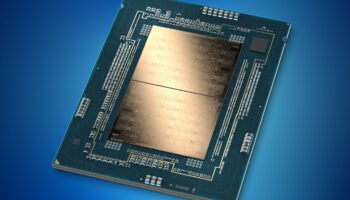At Intel’s Investor Day 2022 keynote, CEO Pat Gelsinger unveiled the updated CPU roadmap the chipmaker plans to leverage to regain unquestioned leadership by 2025. Plans have significantly evolved ever since Gelsinger took over as the CEO a year back. Intel now plans to launch its 4nm Meteor Lake-P processors for the mobile (notebook) market in 2023, followed by the 2nm Arrow Lake-S processors for desktop PCs in 2024. Let’s back up a bit and have a closer look at the recent developments first.

Intel’s 13th Gen Raptor Lake-S processors for the desktop and DIY market are slated to land by the end of the year. Featuring eight Raptor Cove “performance” cores and sixteen Gracemont “efficiency” cores, you can expect a double-digit performance gain from these CPUs. This likely refers to multi-threaded improvements as the core architectures are going to remain largely unchanged. Raptor Lake will be backward compatible with the LGA1700 socket launched with Alder Lake last year. The process node (Intel 7) will also be retained, and an “AI M.2 Module” will be supported/added for whatever reason.

In 2023, Intel will launch its first chiplet or tiled architecture in the form of Meteor Lake. The graphics engine will be upgraded (to tGPU), integrated AI acceleration will be added, and the power consumption will be further optimized. It’s worth noting that Meteor Lake will arrive only on mobile/notebook platforms, and feature a separate graphics tile fabbed on TSMC’s N3 (3nm) process node.
Intel’s 4nm Meteor Lake processors promise a 20% performance per watt improvement in 2023, with the 3nm Xeon offerings adding another 18% improvement roughly a year later. Going by the CPU tile’s picture, we’re looking at up to 16 performance cores and 16 efficiency cores for a total of 32 cores, and 48 threads.
The 2nm Arrow Lake-S processors for the desktop/DIY market are planned for an early 2024 launch. In addition to improving the performance per watt by another 15%, they’ll mark the transition to RibbonFET (GAA) and PowerVia technologies. You can expect Arrow Lake to pack over 32 cores in a hybrid core configuration across multiple dies/tiles/chiplets.
Lastly, Intel expects to launch its 1.8nm (18A) class client and server processors sometime in 2025. This time the chipmaker promises a 10% performance per watt gain. Plans are also being drawn to start taking external foundry orders for the cutting-edge node. Qualcomm is said to be the first such customer.






